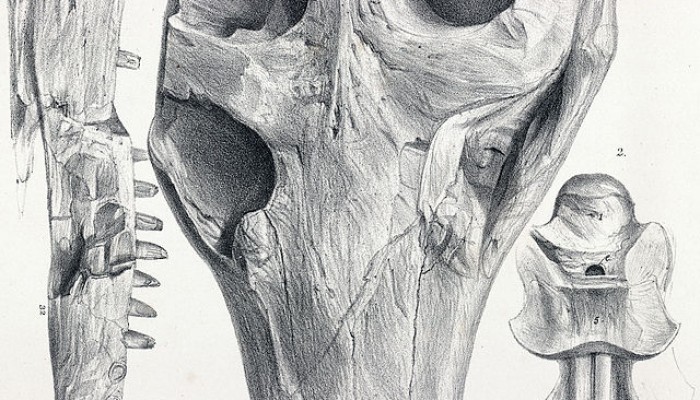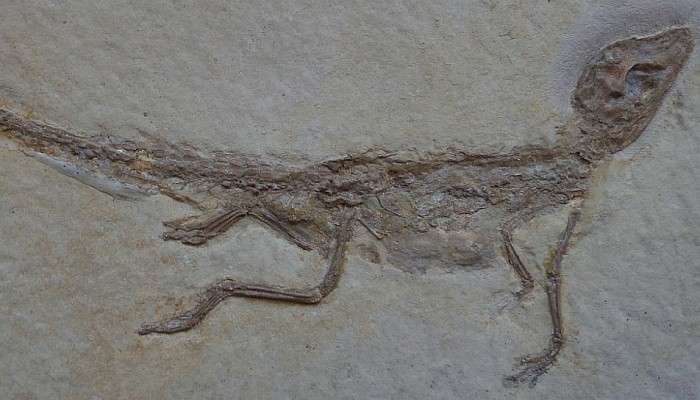New research on crocodiles shows that a combination of changing sea levels and temperatures were responsible for driving their biodiversity over millions of years.
Living crocodiles are threatened by climate change, with 10 out of 23 species at a high risk of extinction. As ectotherms, animals which require external sources of heat to function, they are sensitive to changes in temperature. With 2-4 degrees of increasing global temperatures predicted over the next century, these ruling reptiles have never been more threatened.
The fossil record is our gateway into understanding the evolutionary history of crocodiles. They actually have a long and complex ancestry, going back around 250 million years. During this time, crocodiles and their ancestors, known collectively as crocodyliforms, diversified into an array of forms, including 12-15 foot giants, dwarfed species no bigger than a cat. Some groups even took to the seas, evolving sleek and ‘dolphin-like’ forms, including flippers! The origin of modern crocodiles, known as crocodylians, was around 80 million years ago, during the Cretaceous period. During this time, most of the Earth was experiencing high temperatures, and known as a ‘greenhouse world’.



